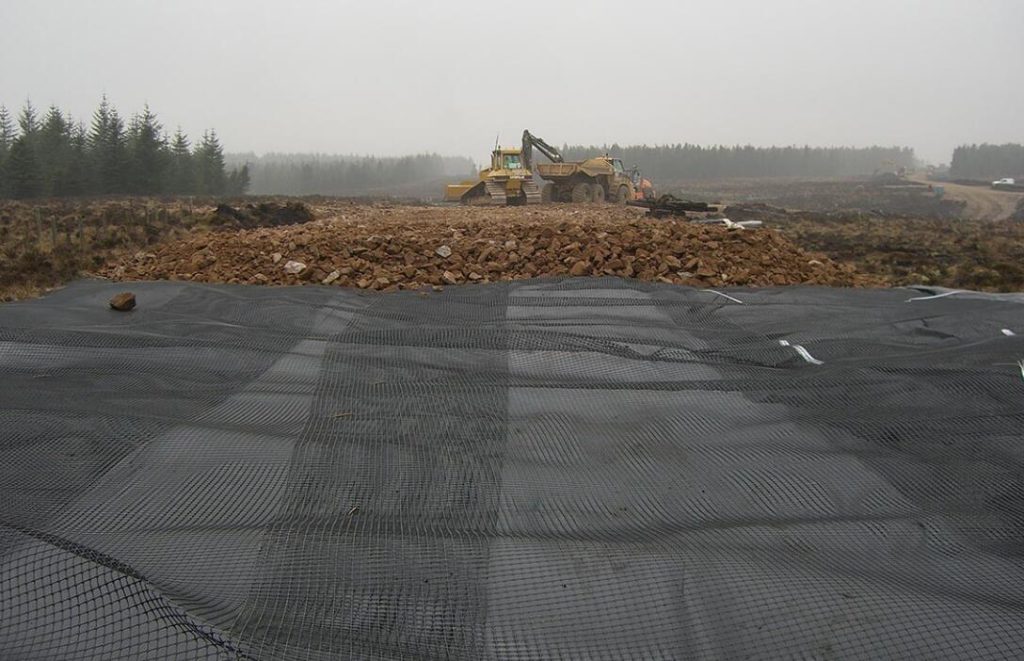
Geotextiles, a versatile category of synthetic substances, have been applied extensively in civil engineering especially with regard to soil stabilisation and erosion control. Among the lesser known yet critical uses of geotextiles is in soil moisture cycling. Geotextile and the management of soil moisture as well as processes involved and its implications on various sectors are discussed in this article.
The term ‘soil moisture cycling’ refers to water movement within the profile of soil which is influenced by such factors as precipitation, evaporation, transpiration, and the characteristics of the soil. It is important to keep optimal levels of moisture for growth of plants hence preventing erosion and maintaining some other ecosystem functions.
Water Retention: Geotextile can prevent excessive loss of water from soil through evaporation when used as a barrier. The geotextile materials either covering or embedding them into the ground reduce the amount of water lost specifically for areas that are semi arid or deserts.
Water Redistribution: In certain parts where such permeability properties exist among geotextiles there can be facilitation in redistributing water within a profile for soils. They allow infiltration while reducing runoff thus promoting uniform distribution of moistures.
Erosion Control: By stabilizing the structure of soils, geotextile prevents formation in order to safeguard against erosion taking place inside them. This simply means that they reduce rainfall intensity and run-off depth through reinforcement thereby minimizing loss of topsoil; consequently conserving good amounts of water from getting eroded together with it.
Capillary Action: Some geosynthetics including capillaries absorb and retain moisturizer within their pores then release it slowly into the surrounding soil.. This mechanism helps maintain soil moisture levels, especially during dry periods.
Wicking Effect: When wetted by capillarity or by gravity action geofabric pulls up liquid from beneath it. This helps prevent waterlogging in low-lying areas while ensuring adequate hydration for plant roots.
Filtration and Drainage: Geotextile serves as a filter, allowing water to pass through but detaining soil particles which would otherwise block conduits of water. They improve the permeability of the soil thus enhancing efficient movement of water and reducing chances of its stagnation.
Agriculture: In agriculture geotextiles are used for mulching purposes, stabilization of soil primarily with an aim to conserve moisture content within it. This helps in maintaining crop yields by providing better conditions in terms of optimal soil moisture levels and reduced water stress on plants.
Landscaping: Supporting landscaping projects has been one of the key roles that geotextiles play in slope stabilization, erosion control and moisture retention at gardens or green spaces respectively. It is a much sought after way to preserve urban land soils as well as help plants grow.
Infrastructure Development: Such things are indispensable in infrastructure projects like road building, embankment reinforcement and slope protection among others.. Therefore, they promote the longevity and strength of structures built by civil engineers since they are able to mitigate against any soil erosion besides ensuring correct drainage patterns have been put into place.
Environmental Conservation: Through preventing soil degradation, protecting natural habitats and recovering degraded landscapes; geotextile plays a part towards environmental conservation efforts.. Revegetation initiatives and watershed management programs have utilized them to boost ecosystems’ resistance to disturbances hence enhancing biodiversity through natural processes such as evolution thereby promoting ecosystem resilience.
From a conclusion point of view, it is seen that geotextiles are effective and long-lasting alternatives for managing soil moisture dynamics in different applications. Geotextiles ensure soil fertility, enable plants to grow better and protect essential infrastructure through the help of their water holding capacities, redistribution abilities and erosion control capabilities. There is a possibility of solving new problems concerning soil moisture balance by means of studying geotextile technology.






